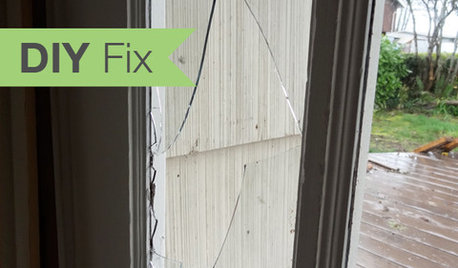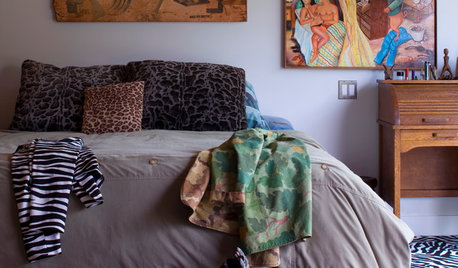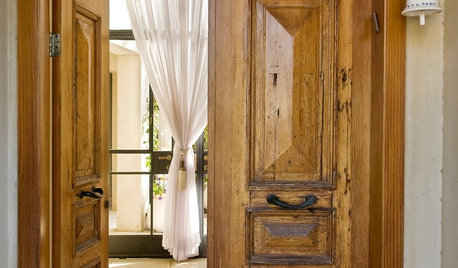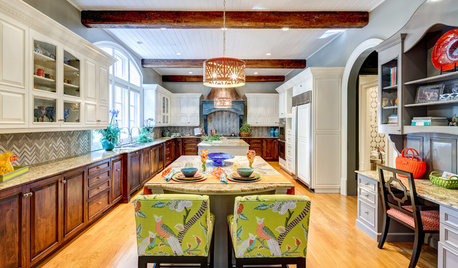fixing stuck door/jam in old house?
trilliuminpdx
19 years ago
Related Stories

LIFEYou Showed Us: 20 Nutty Home Fixes
We made the call for your Band-Aid solutions around the house, and you delivered. Here's how you are making what's broken work again
Full Story
SELLING YOUR HOUSEFix It or Not? What to Know When Prepping Your Home for Sale
Find out whether a repair is worth making before you put your house on the market
Full Story
SELLING YOUR HOUSE5 Savvy Fixes to Help Your Home Sell
Get the maximum return on your spruce-up dollars by putting your money in the areas buyers care most about
Full Story
DECORATING GUIDES10 Easy Fixes for That Nearly Perfect House You Want to Buy
Find out the common flaws that shouldn’t be deal-breakers — and a few that should give you pause
Full Story
HOUSEKEEPINGHow to Fix a Stinky Garbage Disposal
No plumber’s fee or even a trip to the hardware store is required with these easy solutions
Full Story
HOUSEKEEPINGDIY Fix: How to Repair a Broken Glass Door Pane
Don't let broken glass shatter your self-esteem. You can fix it more easily and more inexpensively than you might realize
Full Story
LIFEHouzz Call: Show Us Your Nutty Home Fixes
If you've masterminded a solution — silly or ingenious — to a home issue, we want to know
Full Story
DECORATING GUIDESFix Those 'Whoopsies': 9 Fast Solutions for Decorating Mistakes
Don't suffer in silence over a paint, furniture or rug snafu — these affordable workarounds can help
Full Story
DECORATING GUIDESQuick Fix: Correct Squeaky Floors and Sticky Doors
An Atlanta contractor shares his secret solutions to two common household annoyances
Full Story
BEFORE AND AFTERSKitchen Rehab: Don’t Nix It, Fix It
A small makeover makes a big impact in a traditional kitchen in Atlanta with great bones
Full StoryMore Discussions









chloecat
Carol_from_ny
Related Professionals
Fox Lake Kitchen & Bathroom Designers · Henderson Kitchen & Bathroom Designers · Newington Kitchen & Bathroom Designers · Woodlawn Kitchen & Bathroom Designers · Olympia Heights Kitchen & Bathroom Designers · 20781 Kitchen & Bathroom Remodelers · Athens Kitchen & Bathroom Remodelers · Clovis Kitchen & Bathroom Remodelers · Hunters Creek Kitchen & Bathroom Remodelers · Islip Kitchen & Bathroom Remodelers · Luling Kitchen & Bathroom Remodelers · Sioux Falls Kitchen & Bathroom Remodelers · Vienna Kitchen & Bathroom Remodelers · Princeton Kitchen & Bathroom Remodelers · Westminster Architects & Building Designersjoed
housekeeping
trilliuminpdxOriginal Author
User
Guy_DoorandWindows
ginam_oh
Michelle Downs
chloecat
scandalouslyglam_maine_rr_com
mcgarrie
jan9